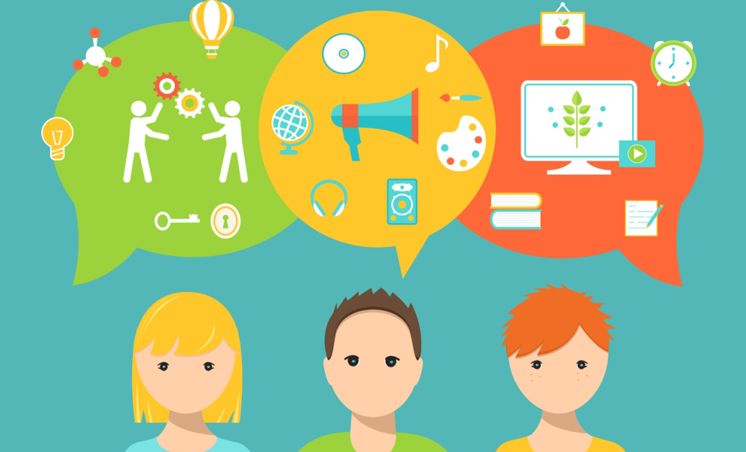
According to the school of Learning Styles, each of us is a unique learner. We all have our own study methods that we’ve come to use and rely on based on experience, practice, and innate preferences for what works.
Understanding which type of learner you are is crucial for figuring out what the best way for you to learn is. Don’t worry, it is not too hard. While we are all different learners and there are hundreds of different learning “tricks”, there are still a few broad categories for learning styles, and we tend to fit best into one or the other.
Check out the following list of learning styles presented by How To Study, and figure out which category you fit into, so you can narrow down the learning methods that could fit YOU best.
Your Preferred Learning Style
A learning style is a way of learning. YOUR preferred learning style is the way in which YOU learn best. Three learning styles that are often identified in students are the Auditory Learning Style, the Visual Learning Style, and theTactile/Kinesthetic Learning Style. Read about each of these learning styles to identify YOUR preferred learning style.
Are you an Auditory Learner?
Auditory Learners learn best when information is presented in an auditory language format. Do you seem to learn best in classes that emphasize teacher lectures and class discussions? Does listening to audio tapes help you learn better? Do you find yourself reading aloud or talking things out to gain better understanding? If YES, you are probably an Auditory Learner.
Are you a Visual Learner?
Visual Learners learn best when information is presented in a written language format or in another visual format such as pictures or diagrams. Do you do best in classes in which teachers do a lot of writing at the chalkboard, provide clear handouts, and make extensive use of an overhead projector? Do you try to remember information by creating pictures in your mind? Do you take detailed written notes from your textbooks and in class? If YES, you are probably a Visual Learner.
Are you a Tactile/Kinesthetic Learner?
Tactile/Kinesthetic Learners learn best in hands-on learning settings in which they can physically manipulate something in order to learn about it. Do you learn best when you can move about and handle things? Do you do well in classes in which there is a lab component? Do you learn better when you have an actual object in your hands rather than a picture of the object or a verbal or written description of it? If YES, you are probably a Tactile/Kinesthetic Learner.
We ALL Learn by Repetition
No matter what form we prefer for the initial exposure to new skills or knowledge, science shows that repetition is the only way that learning will truly stick. And it turns out that digital flashcards are one of the best ways to leverage such repetition while incorporating visual, auditory, and tactile elements.
Brainscape and its users have created flashcards for any subject, including language learning, sciences, mathematics, medicine, and more. You can also make your own flashcards and study them using spaced repetition to optimize the learning process.
Combined with universal learning benefits like repetition, your learning style can be your strength. Go with it whenever you can. When you can choose a class, try to choose one that draws heaviest on your learning style. When you can choose a teacher, try to choose one whose teaching method best matches your learning style. When you choose a major and future career, keep your learning style firmly in mind. Customizing learning for your purposes is the best way to reap its full benefits.
SOURCE:
